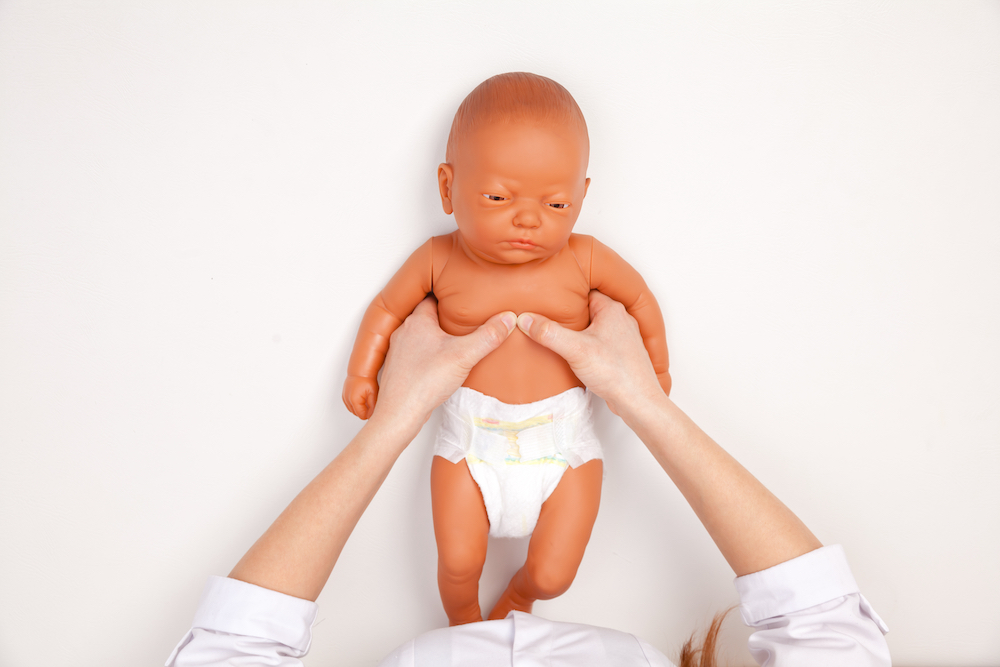
There is an emphasis on rescuers using mobile phones with speaker function to facilitate bystander access to dispatcher guided cardiopulmonary resuscitation known as CPR and to summon emergency medical services (EMS) without leaving the child or infant.
In certain situations, such as when the child or infant is breathing spontaneously but requires airway management or when the child has a traumatic injury, the recovery position is not recommended. In these circumstances:
Keep the patient flat, maintain an open airway by either continued head tilt and chin lift or jaw thrust.
For trauma victims, leave the child or infant lying flat and open and maintain the airway using a jaw thrust, taking care to avoid spinal movement.
High-quality CPR is emphasised in the guidelines which is obtained by:
A chest compression depth at least one third the anterior-posterior diameter of the chest, or by 4 cm for the infant and 5 cm for the child.
The chest compression pauses minimised so that 80% or more of the CPR cycle is comprised of chest compressions chest at a rate 100 to 120 per min. And finally by allowing full recoil of the chest after each chest compression.
For more information on training or first aid equipment see www.protrainings.uk

